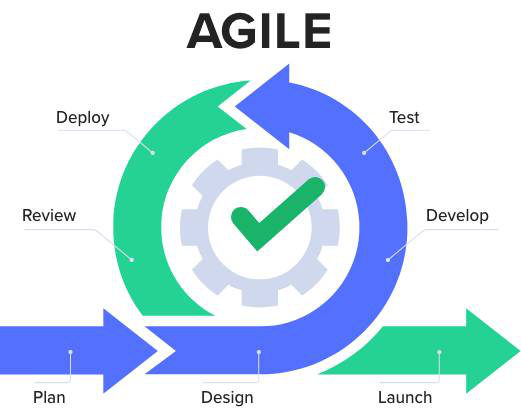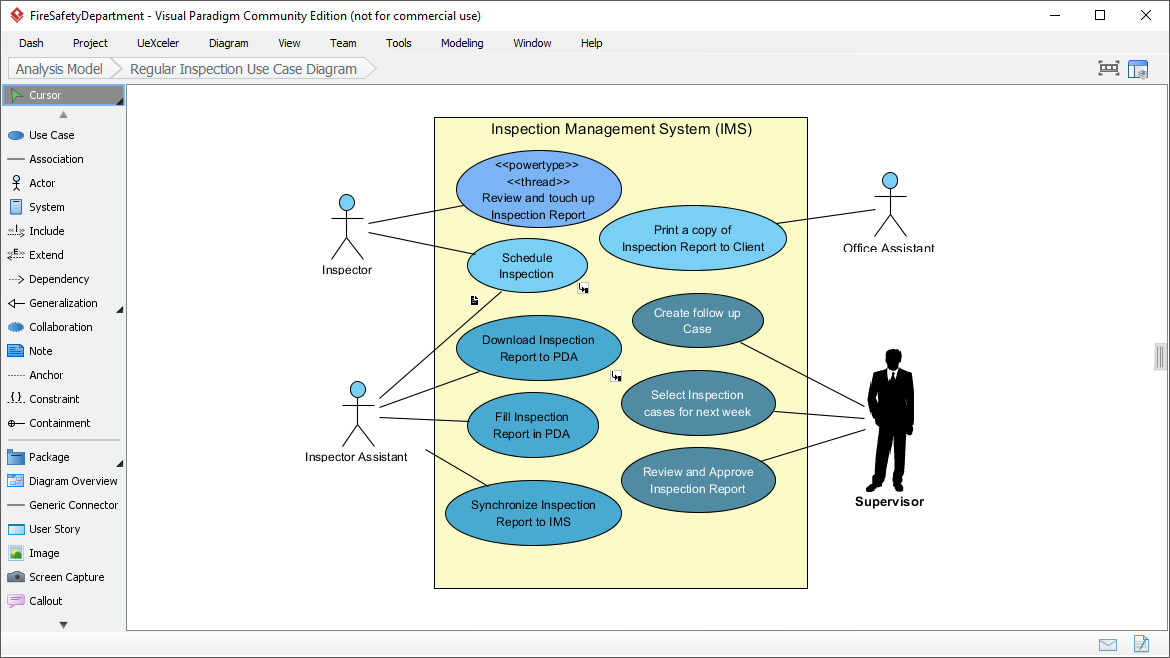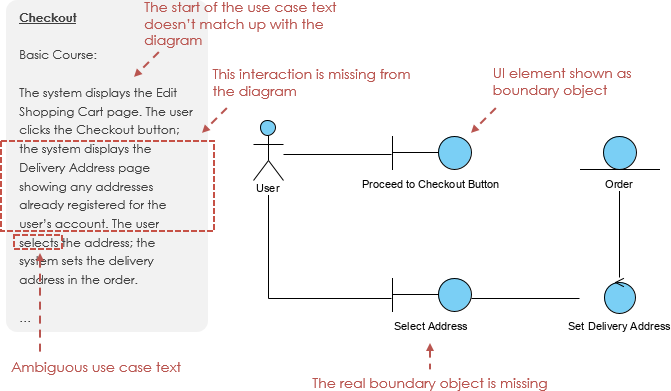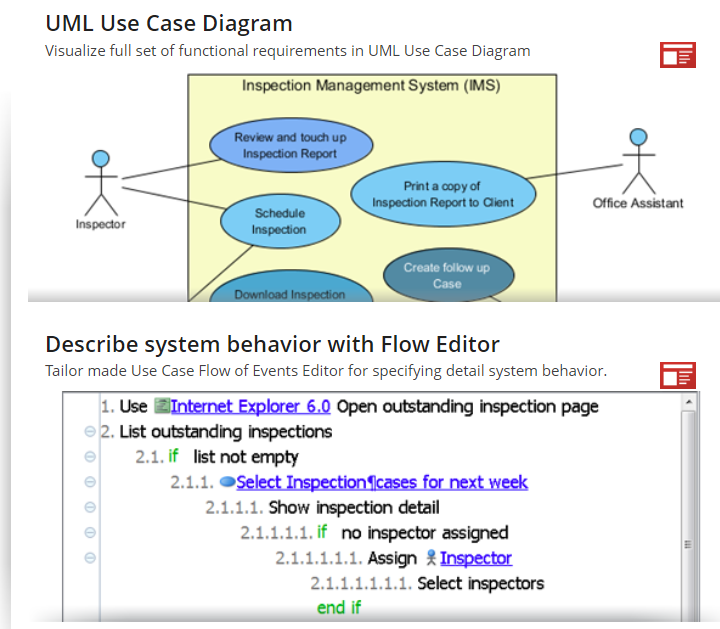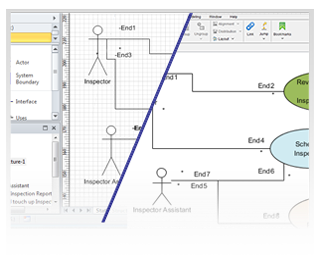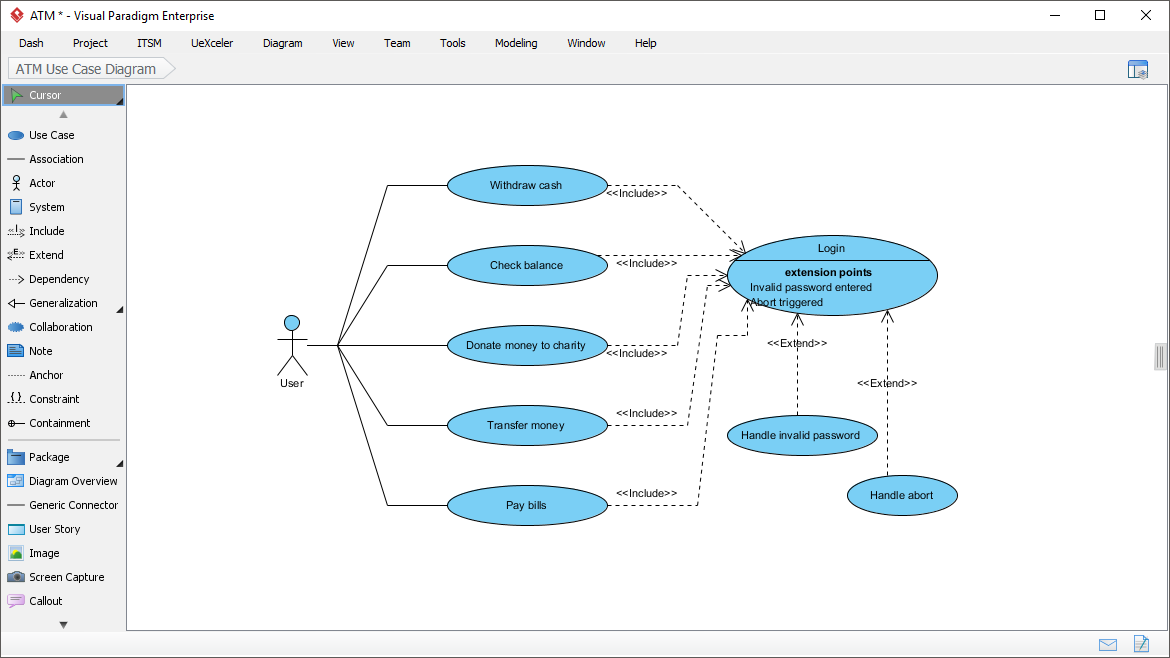Ensuring Consistency between DFD and ERD: A Comprehensive Guide
Introduction Data Flow Diagrams (DFD) and Entity-Relationship Diagrams (ERD) are powerful tools in the field of system analysis and design. While they serve distinct purposes, aligning their consistency is crucial to ensure a seamless and accurate representation of the system being modeled. In this article, we will explore the relationship between DFDs and ERDs and provide insights into maintaining their alignment. Understanding DFDs and ERDs Data Flow Diagrams (DFD) DFDs are graphical representations of how data flows within a system. They illustrate the processes, data stores, data flows, and external entities involved in…continue reading →

